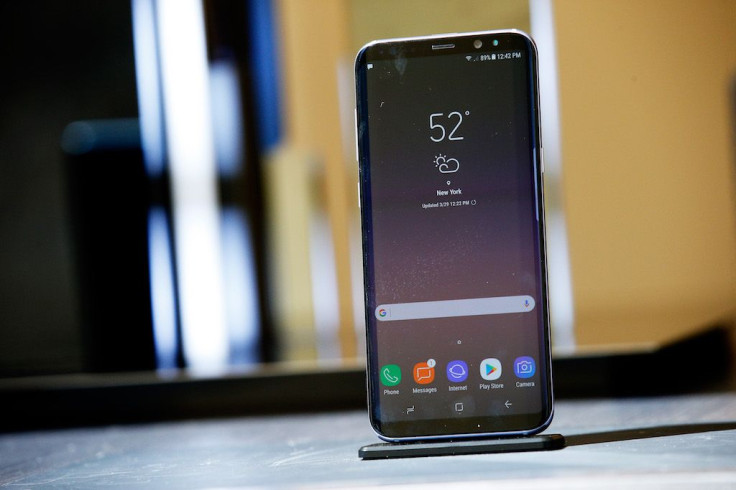Samsung Galaxy S9, S9 Plus Expected To Arrive With Y-OCTA Displays

A new rumor has popped up claiming that Samsung will use Y-OCTA OLED display panels for next year’s Galaxy S9 and S9 Plus models. Unlike traditional displays, Y-OCTA screens feature the touch layer in the panel itself.
This was first reported by the South Korean website Etnews, which cited industry sources. The site claims that Samsung plans to release the Galaxy S9 models during the first half of 2018. Samsung apparently decided to start preparing Y-OCTA display panels for both 5.77-inch and 6.22-inch models of the S9, which are also the same display sizes found on the Galaxy S8 and S8 Plus.
Y-OCTA screens differ from traditional displays by having its touch layer integrated to the display itself. Regular OLED displays require an additional Touch Screen Panel (TSP) in order for the touch function to work.
READ: Samsung Galaxy S9 Release Date Could Come With Design Similar To Galaxy S8, Galaxy Note 8
This means that Samsung could reduce production costs by around 30 percent, since it won’t have to spend more on additional components for the touchscreen feature, as pointed out by Phone Arena. By having the touch layer integrated into the panel itself, Samsung could also make a lighter and slimmer form factor for its devices.
The Y-OCTA display is actually already being used by Samsung. The regular Galaxy S8 and the ill-fated Note 7 both use this screen technology, while the Galaxy S8 Plus uses the traditional display. The upcoming Galaxy Note 8 is also expected to arrive with the traditional display.
Samsung Display, the Samsung subsidiary that manufactures display panels, currently has a production capacity of around 3 million to 4 million smartphones a month. In 2018 however, Samsung expects production capacity of Y-OCTA display to more than double.
Samsung Display is believed to be constructing an L7-1 LCD production line that will be converted to OLED, while the Y-OCTA panel production line is expected to finish construction by the end of 2017. If that truly happens, Samsung Display would then be able to supply 10 million Y-OCTA panels a month.
It’s expected that this will greatly affect TSP manufacturers since Samsung will no longer need them to build the Galaxy S9 and Galaxy S9 Plus. “It is a matter of time for the wider adoption of the Y-OCTA,” an industry source said. “Due to its cost benefits, Samsung is likely to adopt the solution for its new display and smartphone technologies.”
READ: Samsung Galaxy S9 To Have Non-Exploding Solid State Batteries, Report Says
Not much else is known about Samsung’s Galaxy S9, but it was reported previously that it would arrive with a design that’s similar to the Galaxy 8. The upcoming handset is also believed to have the codename “Star,” and it may be the first Samsung handset that will be powered by a solid-state battery.
The Galaxy S9 might also possibly arrive next year with Qualcomm’s Snapdragon 845 processor. Samsung could also finally integrate the fingerprint sensor underneath its display, which it failed to do so for both the Galaxy S8 and the upcoming Note 8, if recent leaks are to be believed.
In the meantime, fans can look forward to Samsung officially unveiling the Galaxy Note 8 later this month. The South Korean phone maker is expected to announce its latest flagship phone on Aug. 23 during one of its Unpacked events.
© Copyright IBTimes 2025. All rights reserved.



















